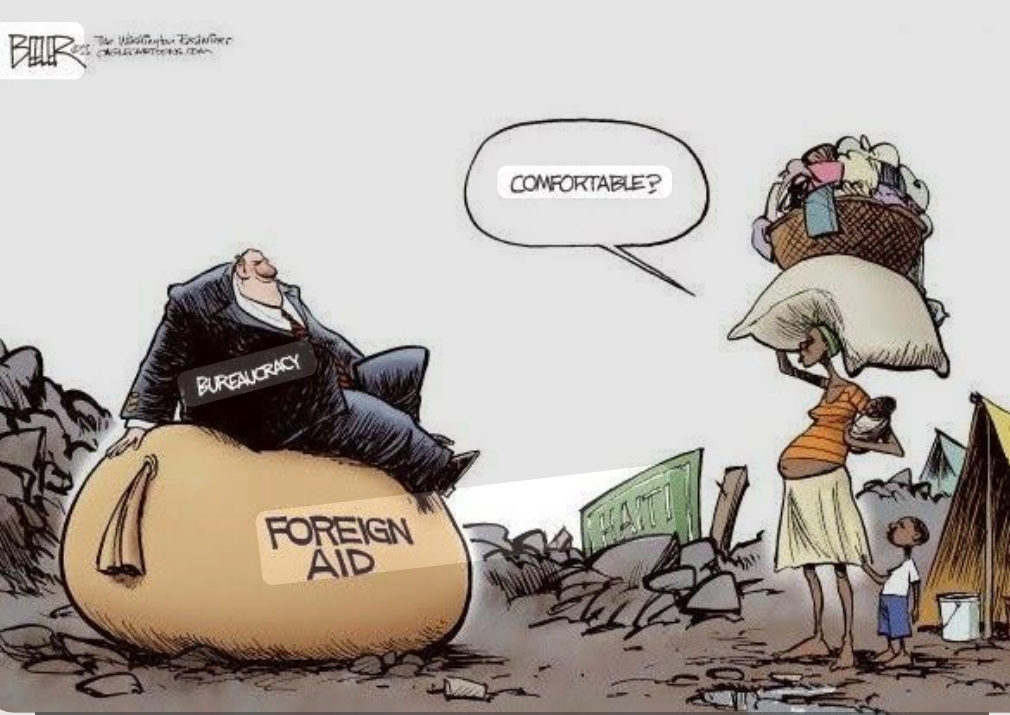
The Aid Mirage and Mission 300
By Ibrahim Alusine Kamara (Kamalo)
For more than six decades, Sierra Leoneans have grown painfully familiar with the refrain: new aid package announced, foreign partners pledged, hopes reignited. Yet for all the fanfare, the daily reality remains stubbornly bleak. Billions in aid have come and gone, while the basics of life remain unachieved—clean water still scarce, electricity erratic, hospitals overstretched, and classrooms crumbling—the list goes on.
Now, the government is promoting Mission 300, a $2.2 billion energy compact, as the salvation that will put Sierra Leone on the map. It’s being billed as a transformational plan to raise electricity access from 36 percent to 78 percent, modernize grids, expand renewable power, and attract private investment. On paper, it sounds bold, and perhaps, the largest infrastructure push in the country’s history.
Skeptics, however, see this as more of the same—a new chapter in an old story. How many times have foreign-aid headlines inspired hope only for disappointments to follow? Why remain optimistic this time, when the magnitude of underlying failure is so deep?
In Sierra Leone, aid has failed the test of reality amid the discrepancy between promises and results. So, the central question is no longer where the money is, but what and where the results are. Sierra Leone continues to lag on the essential indicators of development. The fact that the country still lacks reliable power, safe water, and functioning health services is not a problem of priorities, it’s a failure of execution, accountability, and will.
Passing international markers, failing local people has been the repeated disappointment. It is not surprising that Sierra Leone continues to credibly report to donors and development bodies but the disconnect between donor benchmarks and lived experience is now so bold that many citizens believe these metrics are detached from reality. Passing Millennium Challenge Corporation (MCC) indicators is meaningless to a family without power or a child studying by kerosene or torch light.
Dependency on aid amid policy complacency is a huge risk, as it diminishes incentives for internal reform. When governments look outward for resources, accountability to citizens often weakens. Deep structural flaws are left unaddressed, while sector after sector remains fragile or dysfunctional.
However, Mission 300 must be different, as it has the potential to anchor hope. For many, electricity is more than a convenience; it is a gateway to industrial growth, health services, and education, but only if certain conditions are respected—transparent Governance, community co-ownership, capacity building, performance-based disbursements and transition to self-reliance.
Impliedly, from procurement to implementation, the public must see the books and steps, local communities should have stakes in decision-making and oversight, aid should strengthen institutions, not displace them, funds follow outcomes, not promises, and the aim should be to wean off aid, not perpetuate it.
Mission 300 should not be another headline—it must become a new pact with citizens. Government should shift from announcing aid to publishing results: how many houses connected, clinics powered, schools lit. Let Sierra Leoneans hold the government accountable—not donors.
This is not an argument against energy aid or foreign partnerships. It is a plea for dignity, results, and respect: after 64 years of independence, Sierra Leone deserves more than aid slogans. It deserves progress that can be felt—measured not in millions signed, but in lives lit.